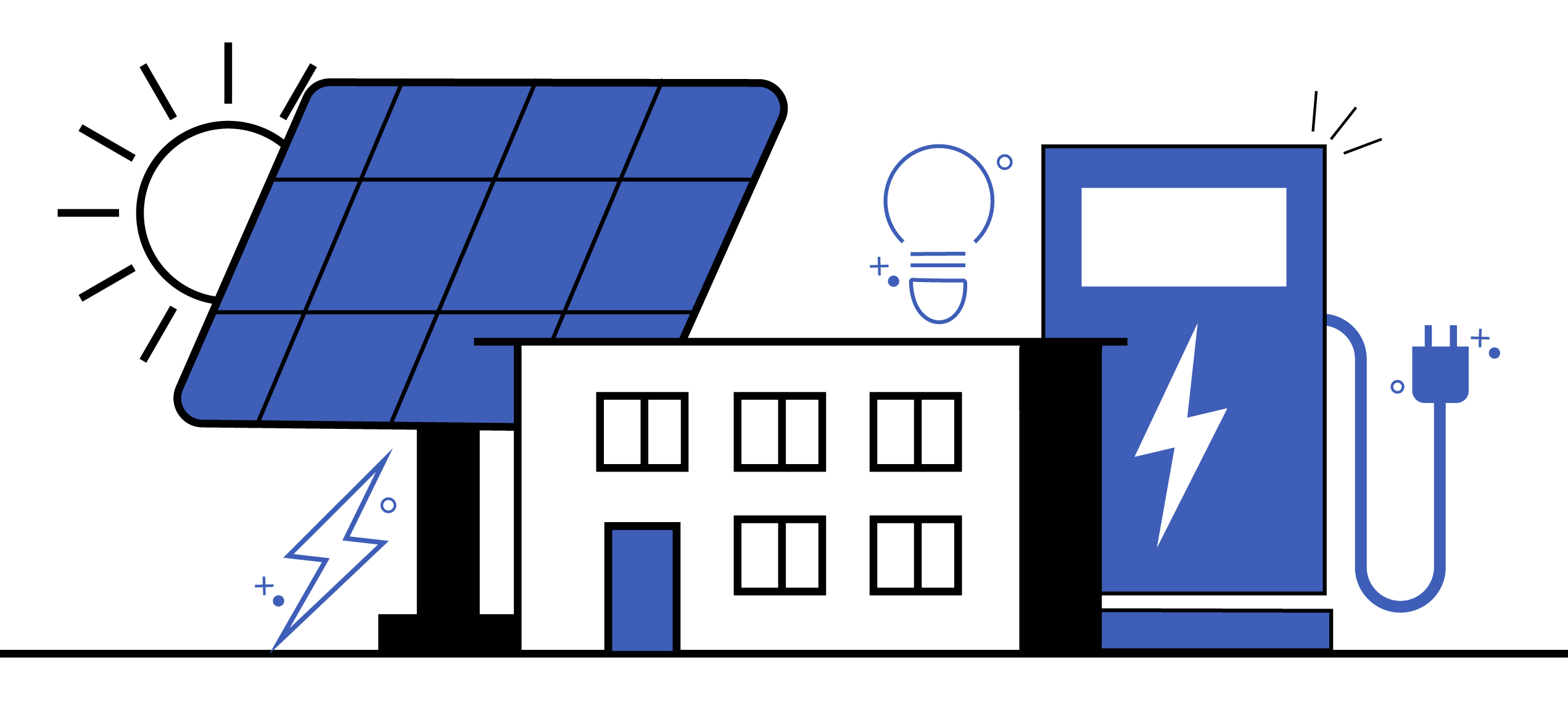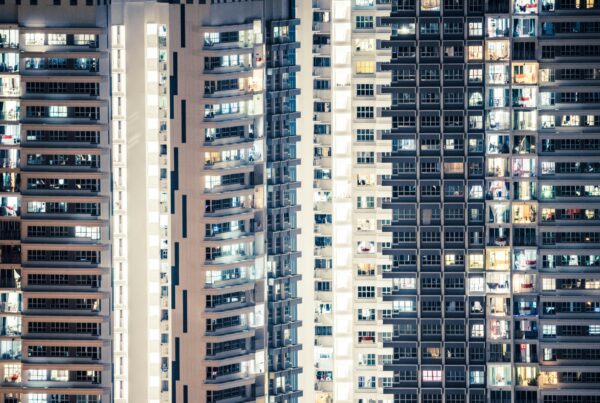From temperature control to energy management, Building Automation Systems (BAS) have the potential to make apartment living more comfortable, efficient, and sustainable. In this blog post, we will discuss the benefits of implementing BAS in apartments. We will explore the advantages of automation in different areas, such as security, lighting, and HVAC systems. Whether you’re a property owner, manager, or resident, this blog post will provide you with valuable insights into the world of building automation systems for apartments.
Building Automation Systems for Apartment Communities
Building automation systems for apartment communities are becoming a regular part of construction for new apartments and increasingly being added to legacy apartments. Building automation systems have many advantages for property owners by creating ways to add property value to the community, adding amenities through smart technology that interacts with the building automation, and offering solutions for the property and residents to save money through scheduled and automated energy usage.
Building automation systems can have complicated, complex solutions that reach many parts around a building. For apartment owners, we are going to focus on two aspects of automation: renewable energy and IoT.
What is Building Automation?
Building automation systems are a single control system that manages all aspects of an apartment’s automation. In a large, complex form, it can manage everything like HVAC, electrical, plumbing, security, and more. In an apartment setting, we’ll simplify it between the process of intaking energy, storing energy and consuming energy.
Automated Building Components
According to an article in Big Rentz, when a building automation system is installed, guess work is out of the question and operational efficiency is maximized through 4 main components.
Optimal Start
Machine learning helps a BAS identify the optimal time to begin powering on to reduce grid strain from peak load.
Energy Storage
For buildings equipped with energy storage capacity, a BAS can monitor and release it back to the grid for others to use.
Legacy Upgrades
New features can be “plugged in” to older systems to avoid total system replacement and to “future-proof” the BAS.
Accurate Utility Billing
Facilities’ managers can use a BAS to track, report, and bill utility charges to renters in large residential buildings.

How do Building Automation Systems Work?
In our example, let’s break down the flow and use of energy in different forms from one particular renewable energy, solar, to storage use, then to consumption in different automated, smart technologies.
Intake
Solar energy is pretty straight forward. Energy.gov says, “When the sun shines onto a solar panel, energy from the sunlight is absorbed by the PV cells in the panel. This energy creates electrical charges that move in response to an internal electrical field in the cell, causing electricity to flow.”
Storage
After the solar energy is captured, it flows towards a battery. In an apartment community, the two main types of batteries sit inside a resident’s unit or a community space, or within an EV charging station. Obviously, one of these batteries is dedicated to charging up a car, and the other for energy use within a unit.
Consumption
As mentioned before, the energy stored for an EV charging station is usually dedicated solely to the charging station. On the other hand, an in-unit battery is dedicated to the single unit in a resident’s apartment. This in-unit battery services everything from the refrigerator, TV, lights and more.
The whole process of automation is happening as the capture and usage of energy is happening. The automation system is doing a number of things, such as automatically refilling hundreds of batteries with new energy as the current energy is being used, calculating the amount of energy being used and reporting it to a tool used by the property staff, and if there is a surplus of captured energy, the property is able to supply the local, regional power grid with extra energy to take strain off.
On a personal level, there is additional automation that can happen in every unit. With the addition of IoT devices, residents can create HVAC schedules through a smart thermostat and access locks through an app on their phone. On the flip side, property staff also has access to these devices in vacant units to adjust the amount of energy being used, or have access control around the community. Large-scale automation on a property level down to small-scale automation on an in-unit level means maximum energy responsibility and savings with minimal effort.
Solutions and Benefits of Building Automations Systems for Apartments
Now, I’ve taken you through some practical, and hopefully not too overwhelming, technical definitions of how BAS can work in an apartment community. But, the solutions of a BAS and the benefits of how it can improve the experience around an apartment community is where it really hits home.
Energy Savings
Automation means property staff and residents can schedule times to use energy when they want to, and conserve it when they don’t. This means more control over times when someone is in their home versus when they’re away, instead of something like HVAC running constantly at one set temperature. Additionally, BAS has lighting control systems that adjust lighting levels based on occupancy or time of day. On the other hand, the energy being used comes from the sun, and the sun doesn’t charge you a premium or a recurring charge. Use the energy you are capturing and sell it back to the grid. Win-win.
Taking Pressure Off of the Grid
Since renewable energy is being captured and used, it’s one less job for the power grid to keep up with. Just like I mentioned before, solar panels can easily create a surplus of energy that can be sold back to the power grid. Additionally, building automation solutions can help reduce energy waste and ultimately decrease an apartment’s carbon footprint.
Operational Efficiency
Creating automated tasks in a leasing office means your property has more time to focus on the chaos around them. From their desk at a computer, leasing staff has full control over collected data and its management around their entire property.
Ready to take your building automation to the next level? Explore Quext’s IoT solution and experience the power of smart technology in your building. With our cutting-edge solutions, you can unlock greater efficiency, convenience, and security. Contact us today to learn more!


